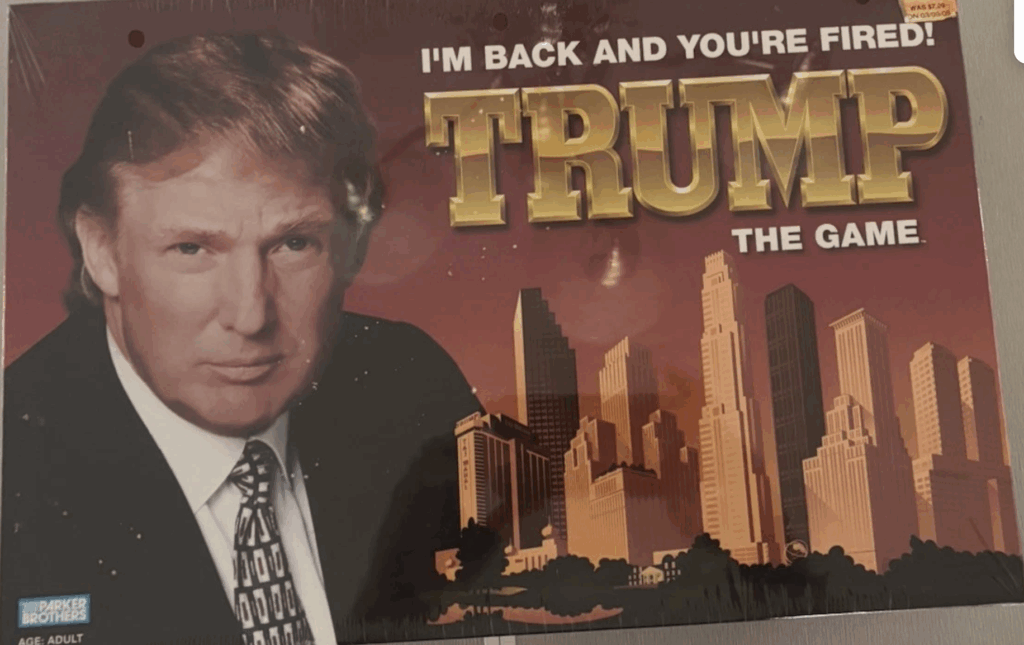Some people can’t be told, you know, they have to learn the hard way

Krugman issues a Tokyo storm warning:
So U.S. consumers will soon be suffering. But why are U.S. manufacturers so upset with the Japan deal? Because in combination with Trump’s other tariffs this deal actually leaves many U.S. manufacturers worse off than they were before Trump began his trade war.
This is clearest in the case of automobiles and automotive products. Trump has imposed a 25 percent tariff on all automotive imports, supposedly on national security grounds. This includes imports from Canada and Mexico. And here’s the thing: Canadian and Mexican auto products generally have substantial U.S. “content” — that is, they contain parts made in America. Japanese cars generally don’t.
But now cars from Japan will pay only a 15 percent tariff, that is, less than cars from Canada and Mexico.
OK, it’s not quite that straightforward, because imports from Canada and Mexico receive a partial exemption based on the share of their value that comes from the United States. Yes, it’s getting complicated. But we may nonetheless now be in a situation where cars whose production doesn’t create U.S. manufacturing jobs will pay a lower tariff rate than cars whose production does.
Wait, there’s more. Trump has also imposed 50 percent tariffs on steel and aluminum, which are of course important parts of the cost of a car. Japanese manufacturers don’t pay those tariffs.
Overall, the interaction between this Japan deal and Trump’s other tariffs probably tilts the playing field between U.S. and Japanese producers of cars, and perhaps other products, in Japan’s favor.
If this sounds incredibly stupid, that’s because it is. So how did this happen?
You might imagine that making a deal with one of our most important trading partners must have involved a team of experienced, skilled negotiators backed by economic experts. But in reality it was clearly pure amateur hour. Look at the photo at the top of this post, from CNBC. It shows Trump with a card in front of him laying out one much-hyped though probably meaningless part of the deal, a promise by Japan to invest in America. How much? The card says $400 billion, but that number was crossed out by hand and replaced with $500 billion, which somehow became $550 billion in the final announcement.
Next thing you’re going to tell me that Trump will start modifying weather forecasts with a Sharpie. Oh, wait.
So Trump’s negotiators probably had no idea what they were doing, and didn’t realize that in their frantic rush to conclude a deal they were agreeing to tariffs that would be highly unfavorable to U.S. manufacturing.
Why were they frantic? Trump has been the subject of considerable mockery over having made big promises about his ability to negotiate trade deals, then coming up empty month after month. So he and his people were surely anxious to make some major announcements before his self-imposed deadline of Aug. 1 — anxious enough not to realize quite what they were agreeing to.
And of course they may also have hoped that a splashy trade deal would move the news cycle off Jeffrey Epstein.
In summary, American consumers and American manufacturers will be worse off because of this deal. Pure amateur hour, but Trump could announce a deal and get some favorable headlines and that’s all he cares about, aside from raising tariffs because he thinks the US was more prosperous during the McKinley administration.


